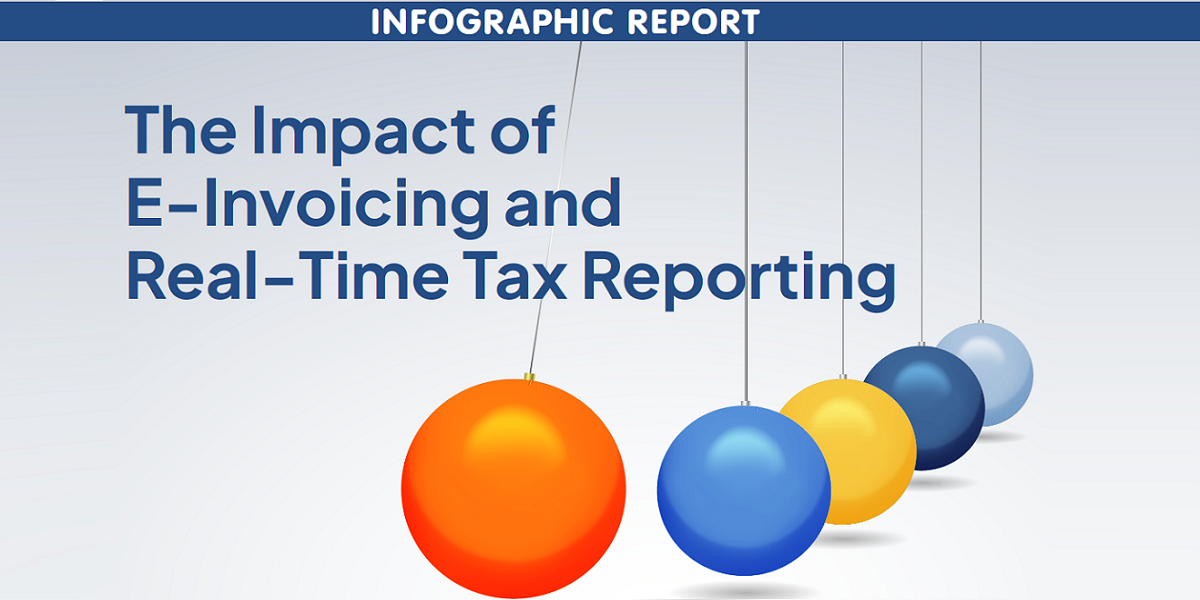About 20 years ago, mandatory e-invoicing was introduced in Latin America to improve the effciency and effectiveness of tax collection. It worked, and the trend has caught on. Countries in Europe and beyond began mandating e-invoicing initially in B2G public procurement. As governments realized they were able to bring in more revenue without raising taxes, more and more tax authorities started rolling out mandatory e-invoicing and real-time or live reporting to B2B transactions.
Going into 2024, we are looking at a game-changing year, with mandates coming into force across Poland, Spain, Belgium and beyond.
These B2B invoicing mandates change how businesses liaise with trading partners: directly affected areas include the sending and receiving of an invoice and the payment of that invoice.
Tax authorities in some countries are checking 200 datapoints associated with an invoice. If your invoice fails the validation procedure, your invoice process will be immediately hindered.
While meeting e-invoicing and reporting requirements has historically been managed country by country, it has become apparent over the years that if you operate in more than three countries, a country-by-country approach increases risk. A company-wide, global strategy is then required,
and the C-Suite must engage.
We surveyed finance, tax and shared services professionals to learn more about how they are responding to this new landscape. Read on for more and the top 4 ways to prepare.
To read this article you have to be registered.
Become a member to access all content and / or download it

